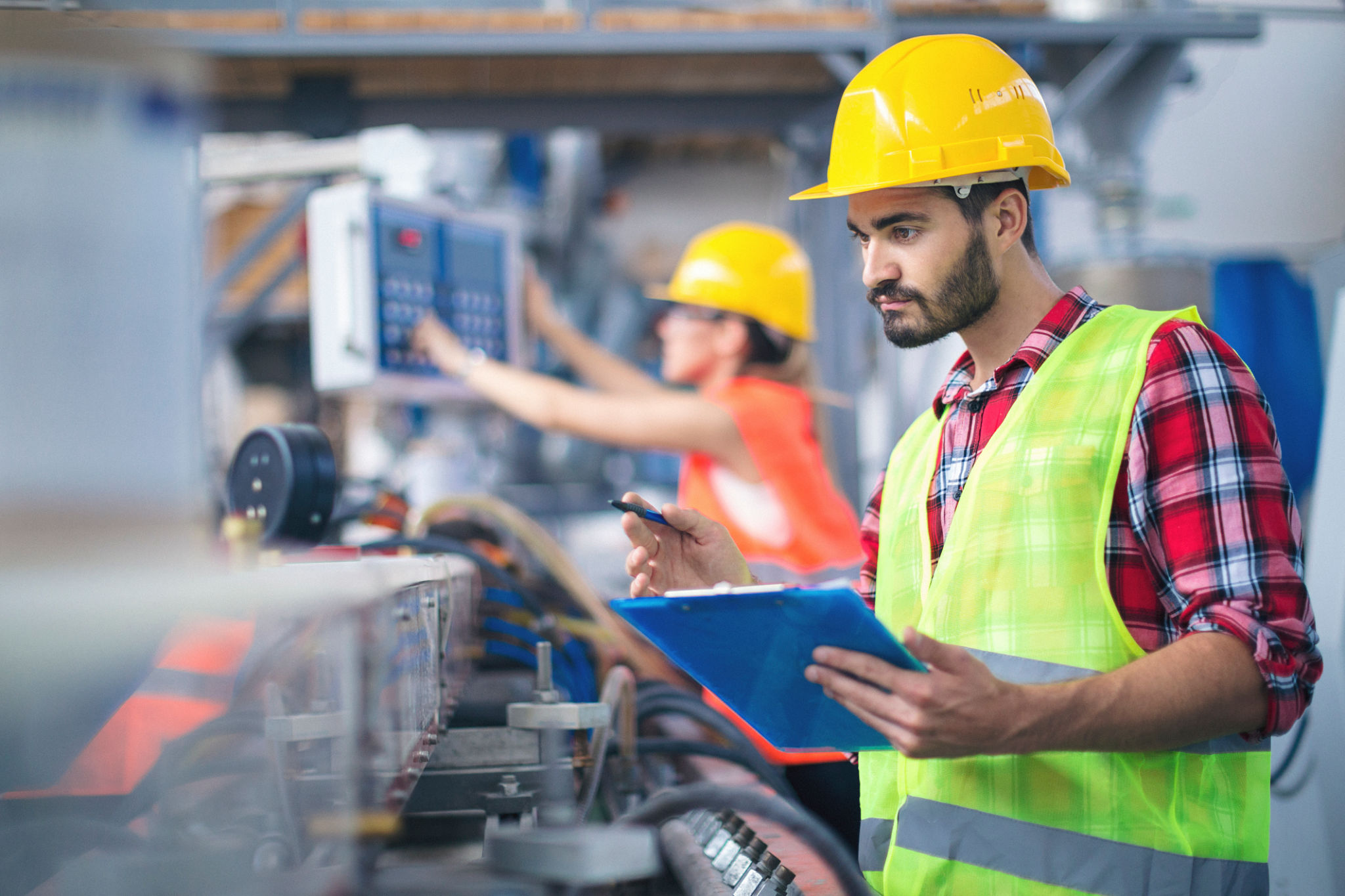AI-Powered Automation vs. Traditional Methods: A Comparison Guide
In today's rapidly evolving business landscape, the choice between AI-powered automation and traditional methods is becoming increasingly significant. Understanding the differences, benefits, and potential drawbacks of each approach can help businesses make informed decisions. This guide provides a detailed comparison to assist in determining the best fit for your operations.
Efficiency and Speed
One of the most significant advantages of AI-powered automation is its ability to perform tasks with unmatched speed and efficiency. AI systems can process large volumes of data in seconds, something that would take human workers much longer. This efficiency leads to faster decision-making and improved productivity.

Traditional methods, while reliable, often require more time and human intervention. This can slow down processes and increase the risk of human error. However, they provide a level of human oversight that can be crucial in situations where nuanced judgment is required.
Cost Implications
When it comes to cost, AI-powered automation can offer significant savings in the long run. By reducing the need for manual labor and minimizing errors, businesses can achieve cost efficiency. Moreover, AI systems can operate continuously without breaks, further enhancing productivity.
On the other hand, the initial investment for AI technology can be substantial. Traditional methods may involve lower upfront costs but can incur higher operational expenses over time due to labor and potential inefficiencies.

Scalability and Flexibility
AI-powered automation offers unparalleled scalability. As businesses grow, AI systems can easily adapt to increased workloads without a corresponding rise in costs. They can also be reprogrammed to handle new tasks, providing flexibility in dynamic environments.
Traditional methods may face challenges in scaling up efficiently. Hiring and training new staff can be time-consuming and costly, and existing processes may need significant adjustments to accommodate growth.
Quality and Consistency
AI systems are known for delivering consistent and high-quality outputs. They follow predefined algorithms, ensuring that tasks are completed the same way every time, which reduces variability and enhances reliability.

While traditional methods can sometimes lead to inconsistencies due to human error, they also allow for human intuition and creativity, which can be beneficial in complex problem-solving situations.
Innovation and Adaptability
AI-powered automation is at the forefront of technological innovation. It can learn and adapt over time, offering businesses the ability to leverage data-driven insights for continuous improvement. This adaptability is crucial in a fast-paced market where staying ahead of trends is vital.
Traditional methods, while less adaptable, offer stability and predictability. They have been the backbone of business operations for decades and can be relied upon during transitional phases.

Making the Right Choice
Choosing between AI-powered automation and traditional methods depends on various factors, including business size, industry, and specific operational needs. A hybrid approach, combining the strengths of both, may offer the best solution, allowing businesses to capitalize on the advantages of modern technology while maintaining the reliability of proven methods.
Ultimately, the decision should align with long-term strategic goals, ensuring that the chosen method supports growth, efficiency, and innovation.
